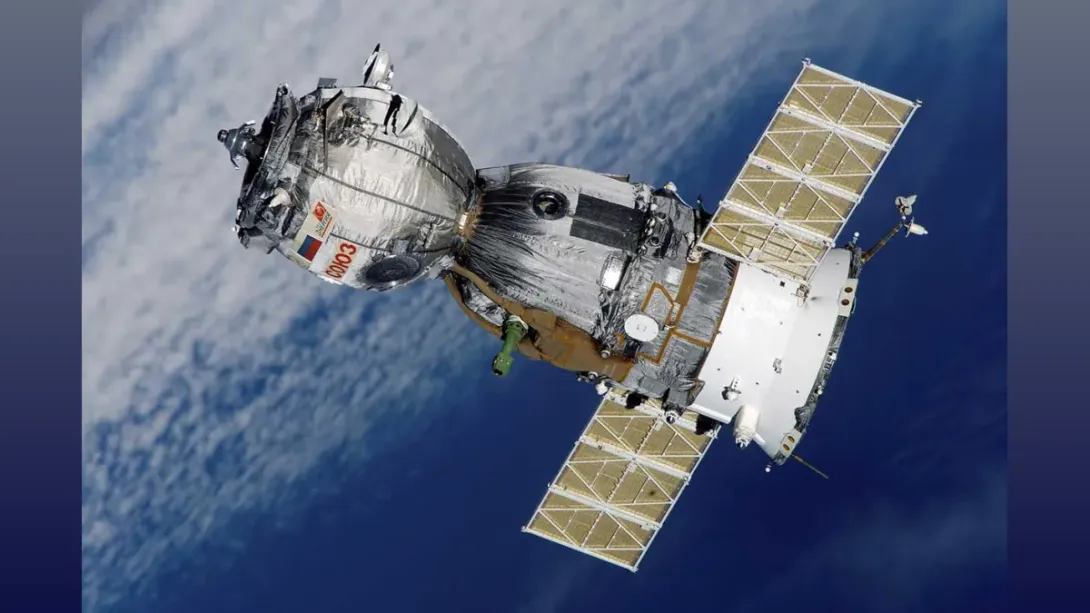Elon Musk’s satellite internet venture Starlink is reaffirming its commitment to India with a renewed focus on delivering a secure, compliant, and high-quality user experience. The company aims to integrate seamlessly with India’s regulatory framework while expanding broadband access across underserved and remote regions. As part of its long-term strategy, Starlink is emphasizing local partnerships, adherence to data protection norms, and alignment with India’s digital infrastructure goals. This move marks a critical step toward bridging the connectivity divide and positioning India as a key market in the company’s global expansion roadmap.
A Renewed Push for Connectivity in India
Starlink’s re-entry into the Indian market comes at a pivotal moment, as the nation continues its drive to expand broadband penetration and improve digital inclusion. With rural and remote regions still struggling with inadequate internet infrastructure, the company’s satellite-based network has the potential to complement terrestrial broadband systems and extend reliable connectivity to areas beyond the reach of fiber or mobile networks.
Company officials have emphasized that Starlink’s operations in India will be fully compliant with local laws, including spectrum usage norms, licensing regulations, and data localization policies. This renewed focus on regulatory alignment marks a more cautious and structured approach compared to its earlier attempts to enter the market.
Security and Data Protection at the Core
In a digital ecosystem increasingly concerned with privacy and cybersecurity, Starlink has placed data security and network integrity at the heart of its India strategy. The company’s global infrastructure employs advanced encryption and traffic management systems to safeguard user data from unauthorized access and cyber threats.
In alignment with India’s data protection framework, Starlink has pledged to ensure that user information is managed in accordance with national standards. The firm’s proactive engagement with Indian regulators also reflects its intent to establish long-term operational stability, while offering citizens a secure and resilient connectivity experience.
Supporting India’s Digital Transformation Goals
India’s ambitions under the Digital India initiative and the BharatNet program aim to connect every village with high-speed internet access. Starlink’s technology — based on a low-Earth-orbit (LEO) satellite constellation — can play a complementary role in achieving these goals by overcoming the geographical limitations of traditional infrastructure.
The company’s potential entry into the Indian broadband space could help bridge connectivity gaps in states with challenging terrains such as Jammu and Kashmir, Himachal Pradesh, and the Northeast, where laying fiber networks is logistically complex and cost-intensive. By offering high-speed, low-latency internet, Starlink could empower educational institutions, small businesses, and rural communities with digital access and economic opportunities.
Regulatory Alignment and Market Prospects
Starlink’s India plans hinge on securing the necessary regulatory approvals from the Department of Telecommunications (DoT) and aligning its licensing framework with existing telecom norms. The company has reportedly been working closely with local authorities to ensure complete transparency in its operational procedures and compliance documentation.
Once approved, Starlink could introduce flexible subscription models tailored for households, enterprises, and public sector projects. Industry experts believe the firm’s entry will intensify competition in India’s broadband sector, prompting traditional players to innovate further and improve service quality.
Economic Impact and Industry Implications
Beyond consumer connectivity, Starlink’s presence could have broader economic implications. The deployment of advanced satellite internet can enhance e-governance, telemedicine, digital education, and smart agriculture initiatives. Moreover, improved rural connectivity is expected to attract digital entrepreneurs and startups, fostering innovation at the grassroots level.
The company’s investment in India’s digital infrastructure could also generate employment opportunities across supply chains — from equipment installation to customer service — contributing to the broader goal of inclusive economic development.
Conclusion
Starlink’s reaffirmed plans for India highlight a mature, compliant, and security-first approach to satellite broadband expansion. By prioritizing regulatory cooperation, data protection, and user experience, the company seeks to establish trust and reliability in one of the world’s most dynamic telecom markets.
If executed effectively, Starlink’s model could redefine connectivity standards in rural India, bridging the digital divide and unlocking new avenues for innovation and growth. As the nation advances toward a fully connected future, partnerships between global technology leaders like Starlink and India’s policy framework could shape the next chapter of the country’s digital evolution.

Comments